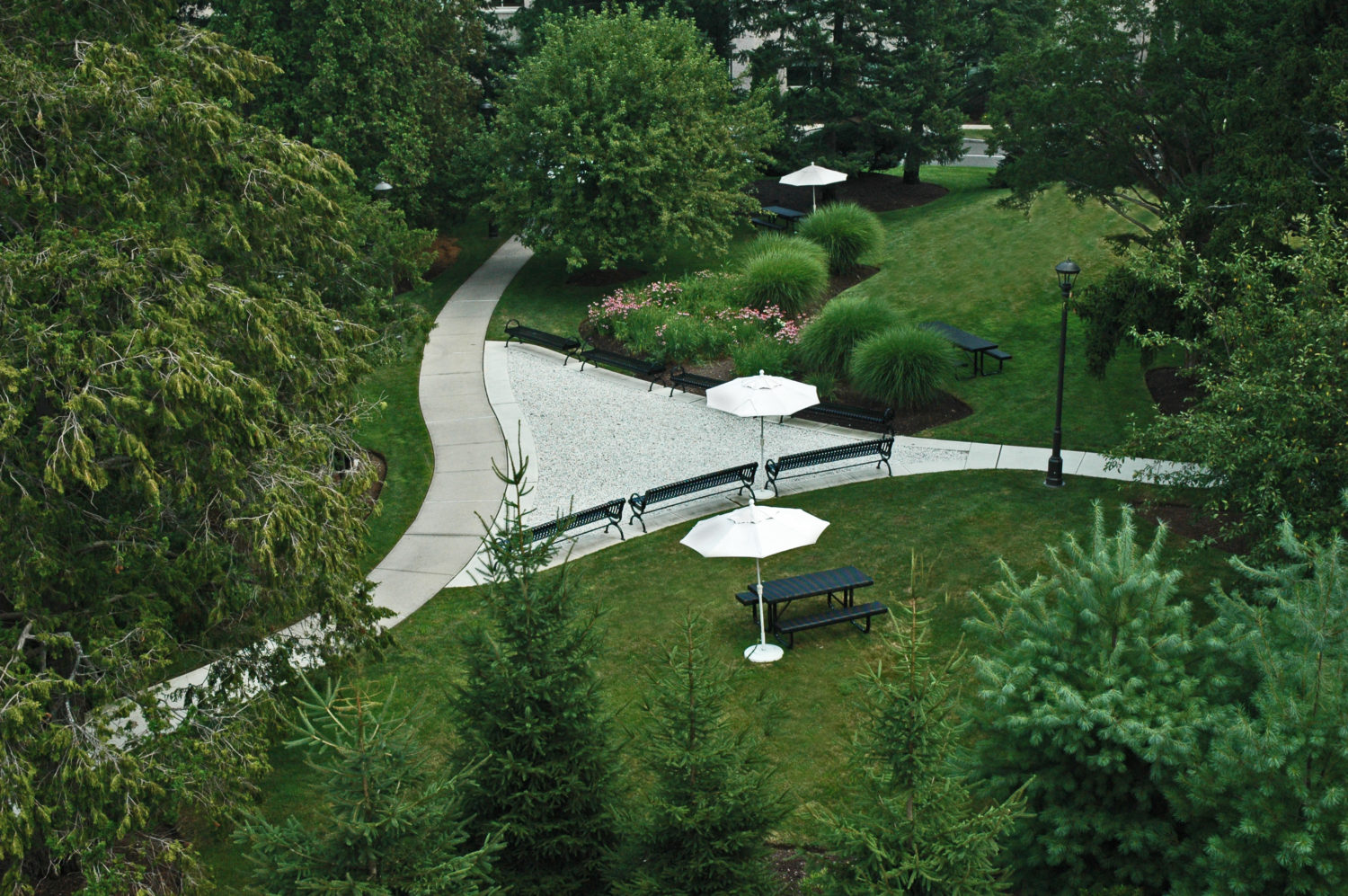
Landscaped office parks, commercial centers and corporate campuses vary in their irrigation water use depending on what the property’s plants, trees and lawns demand, the seasonality of the landscape’s growth cycle, and the uncertainty of the weather.
Property and facility managers can save both costs and water by eliminating many of the variables, without compromising the beauty and health of the landscape.
Here’s how:
- Make sure that your irrigation system is part of your building operation’s financial dashboard system. Include water management as a metric for efficiency and performance measurement so improve tracking and measuring.
- Install weather-based sensors and smart controllers to manage water distribution, gauge irrigation requirements, and save cost. Out-of-date irrigation systems lead to leaks, malfunctions, and wasted water by up to 35%. New technology, using cloud-based digital systems, can save time, labor, and reduce waste, returning an approximate annual savings of $1,415 per acre based on an average per gallon cost of $.005 using Westchester and Fairfield County data on one acre of landscape using up to 900,000 gallons of irrigation water.
- Require landscape contractors to use maintenance best practices as a key principle in reducing irrigation use. This includes strategic mulching, mowing, and fertilizing, which all greatly impact the health of the landscape, as well as the landscape’s ability to survive weather events.
- Determine the best water plan for your property. Many properties with large landscapes need more flexibility to deliver water to all the irrigation zones. Consider a water budget, which determine a certain number of inches per year, gallons per square foot, or percentage reduction of water use.
- Perform proper irrigation to improve system efficiency. Install pressure-regulating devices, which apply water directly to plants, and high-efficiency nozzles or other devices such as drip system alternatives as conservation measures.
- Maximize the use of native plant material and low-water use plants and trees. New England native plants provide good wildlife habitat and forage, and invite pollinators, such as migrating hummingbirds, bees, and beneficial insects, which benefit and enhance the landscape’s park-like beauty and sustainability—and frankly, make your property and our communities a better place to live, work and play.
A flourishing commercial landscape is a smart value-driven investment. Protecting that investment drives business growth and development, adds an interactive outdoor amenity for employees, tenants and guests, and promotes stability as an asset to the business’ surrounding community.
The professionals at Eastern Land Management, one of Stamford, Connecticut’s premier legacy commercial landscape maintenance and property services firms, are skilled partners in protecting what matters most.
Contact Sandy Rice for information on water management, sustainable alternatives such as green roofs and vertical gardens, and strategies for winter at 203.316.5433 or SRice@easternland.com
Since 1976, Eastern Land Management has serviced commercial properties throughout Southern Connecticut and the New York Metropolitan area by providing award-winning, comprehensive property care.
